Home>diy>Building & Construction>What Is Lathing In Construction
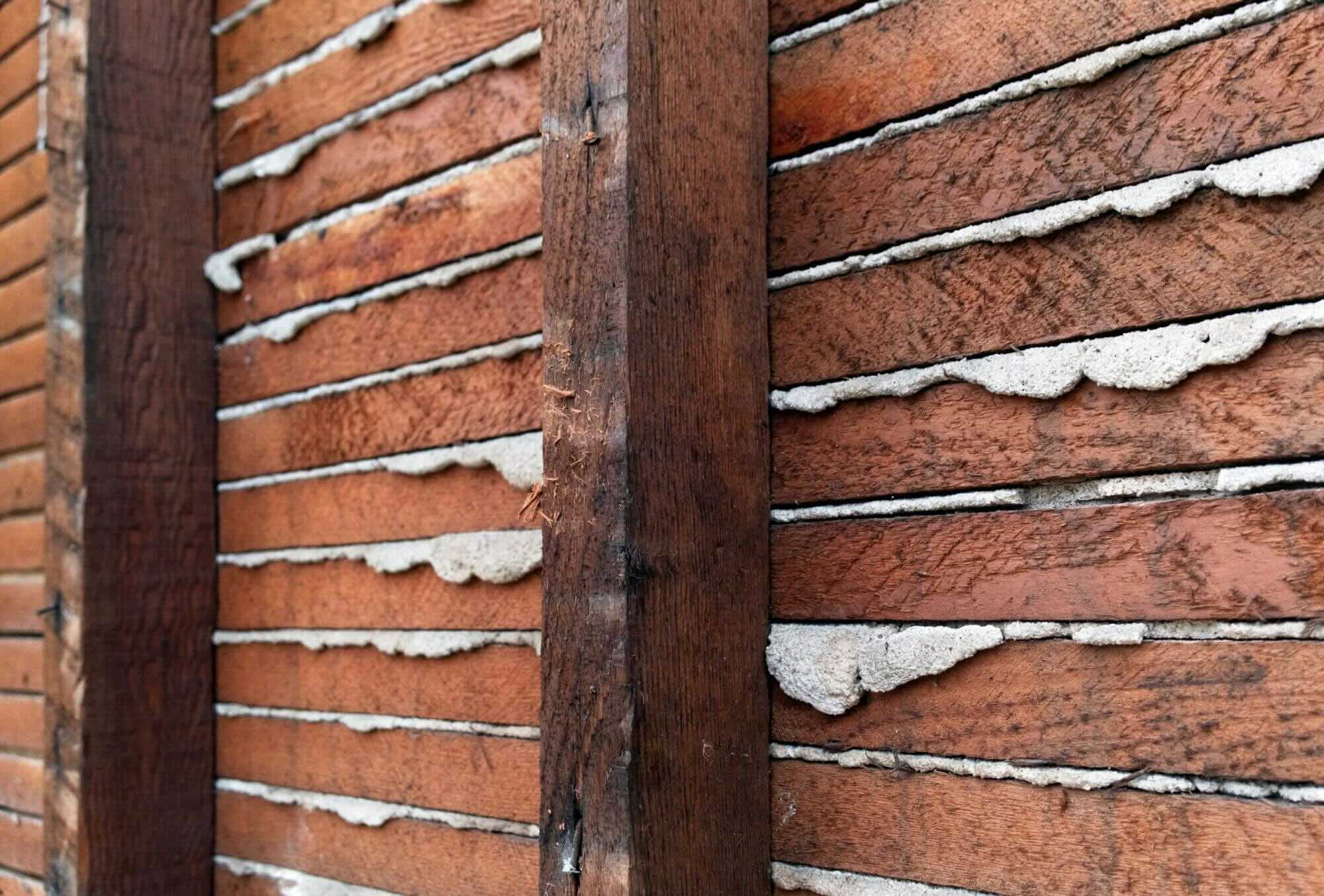

Building & Construction
What Is Lathing In Construction
Modified: December 7, 2023
Learn all about lathing in building construction, including its purpose, techniques, and materials used. Enhance your knowledge of this essential construction process.
(Many of the links in this article redirect to a specific reviewed product. Your purchase of these products through affiliate links helps to generate commission for Storables.com, at no extra cost. Learn more)
Introduction
Welcome to the world of construction, where the art of building structures comes to life. In the realm of construction, there are numerous techniques and processes that are integral to the success of any project. One such technique is lathing, which plays a crucial role in the construction industry.
Lathing is a fundamental process that involves the installation of a lath, a thin sheet material, onto a surface to create a strong and secure base for various building applications. From supporting finishes to creating a weatherproof barrier, lathing has a wide range of uses in construction.
In this article, we will explore the definition of lathing, its purpose in construction, the different types of lathing materials, the process of lathing, the common uses of lathing in construction, as well as the advantages and challenges associated with this technique.
So, let’s dive into the world of lathing and discover its importance in the construction industry.
Key Takeaways:
- Lathing in construction provides structural support, moisture protection, and insulation, contributing to the durability and longevity of buildings. It also creates a smooth surface for finishes, enhancing the aesthetic appeal of structures.
- Proper installation, compliance with building codes, material selection, and maintenance are crucial considerations for successful lathing in construction. Expertise, coordination with other trades, and environmental factors play key roles in ensuring effective lathing techniques.
Read more: What Is Lath For Stucco
Definition of Lathing
Lathing can be defined as the process of installing a lath, which is a thin, flat material, onto a surface to create a strong and secure base for various construction applications. The lath is typically made of materials such as metal, wood, or synthetic materials, depending on the specific project requirements.
The lathing process involves attaching the lath material to the underlying structure or substrate, creating a supportive framework. This framework serves as a foundation for the subsequent layers of materials, such as stucco, plaster, or siding, to be applied to the surface.
Essentially, lathing provides stability and reinforcement to the surface, preventing cracks, sagging, or other forms of damage. It acts as a protective barrier, ensuring that the exterior finishes or claddings adhere securely to the structure, while also providing additional insulation and weatherproofing characteristics.
Overall, lathing is an essential component of any construction project that requires a durable and reliable base for finishes and claddings. It sets the stage for the successful application of various exterior and interior materials, creating a solid and resilient structure.
Purpose of Lathing in Construction
Lathing plays a crucial role in the construction industry, serving several important purposes. Let’s take a closer look at the key reasons why lathing is used in construction projects:
- Structural Support: One of the primary purposes of lathing is to provide structural support to the building. By creating a sturdy and secure base, lathing ensures that the subsequent layers of materials, such as stucco or plaster, can be applied smoothly and adhere effectively to the surface. It helps distribute the weight and pressure evenly, preventing any structural issues and ensuring the longevity of the building.
- Enhanced Moisture Protection: Lathing acts as a barrier against moisture infiltration. The lath material, when properly installed, creates a space or cavity between it and the underlying structure. This cavity allows for proper drainage and ventilation, preventing the accumulation of moisture and reducing the chances of mold or rot. Lathing also helps create a weather-resistant envelope, protecting the building from rain, wind, and other external elements.
- Improved Insulation: Another purpose of lathing is to improve insulation properties. The gap between the lath material and the building structure enables the installation of insulation materials, such as foam boards or batt insulation. This added layer of insulation helps regulate the temperature inside the building, reducing energy consumption and providing thermal comfort to the occupants.
- Achieving a Smooth Surface: Lathing provides a consistent and smooth surface for the application of finishes. It helps to level out any irregularities or imperfections in the underlying structure, creating a uniform and aesthetically pleasing surface. This is particularly important when applying materials such as stucco or plaster, where a level and even surface are crucial for a professional finish.
- Increased Durability: By providing structural support, moisture protection, and insulation, lathing ultimately contributes to the overall durability of the building. It helps minimize the risk of cracks, sagging, or other structural issues that may arise over time. Lathing ensures that the finishes and claddings remain intact and secure, withstanding the test of time and environmental factors.
In summary, lathing serves multiple purposes in construction, including structural support, moisture protection, improved insulation, achieving a smooth surface, and increasing the durability of the building. Its significance lies in creating a strong and reliable base for the application of various finishes and cladding materials, ensuring the longevity and functionality of the structure.
Types of Lathing Materials
When it comes to lathing in construction, there are several types of materials that can be used, each offering unique characteristics and benefits. The choice of lathing material depends on various factors such as the specific project requirements, budget, and environmental conditions. Here are some of the commonly used types of lathing materials:
- Metal Lath: Metal lath is a popular choice in construction due to its strength and durability. It is typically made of galvanized steel or expanded metal sheets. Metal lath provides excellent structural support and is resistant to rust and corrosion. It is often used in exterior applications such as stucco or stone veneer installations.
- Wood Lath: Wood lath, made of thin strips of wood such as pine or redwood, is a traditional lathing material. It is commonly used in interior applications and provides a solid base for plaster or gypsum board installations. Wood lath is lightweight, easy to install, and offers good insulation properties.
- Fiber Cement Lath: Fiber cement lath is a modern alternative that combines the strength of cement with the flexibility of fibers. It is resistant to moisture, mold, and fire, making it suitable for both interior and exterior applications. Fiber cement lath is commonly used in areas where high durability and weather resistance are required, such as in tile installations.
- Plastic Lath: Plastic lath, also known as synthetic lath, is a lightweight and cost-effective option. It is made of high-density polyethylene (HDPE) or other synthetic materials. Plastic lath is resistant to moisture and does not rust or corrode. It is often used in applications like plaster or stucco, providing sufficient support and flexibility.
- Paper Lath: Paper lath, also known as gypsum lath, is a specialized lathing material designed for plaster applications. It consists of a paper-faced gypsum core attached to a metal or wood frame. Paper lath provides a smooth and consistent surface for plastering, and its composition allows for better breathability and moisture control.
It’s essential to choose the appropriate lath material based on the specific requirements of the project. Factors such as the desired finish, exposure to moisture or external elements, and insulation needs should be considered to ensure optimal performance and longevity of the construction.
Process of Lathing
The process of lathing involves several steps to ensure a proper and effective installation. While the specific details may vary depending on the lathing material and the project requirements, the general process typically includes the following steps:
- Prepare the Surface: Before starting the lathing process, it is crucial to prepare the surface that will receive the lath. This may involve cleaning the surface, removing any debris or loose material, and ensuring it is structurally sound and free from any moisture or damage.
- Measure and Cut the Lath: Next, measure and cut the lath material to the appropriate size. Use the necessary tools such as tin snips, a saw, or a utility knife, depending on the type of lath being used. Ensure that the lath pieces are accurately cut and fit tightly against each other when installed.
- Attach the Lath: Begin attaching the lath material to the surface using the appropriate fasteners. For metal lath, use screws or nails designed for the specific material. For wood lath, use nails or staples. Make sure to space the fasteners appropriately to ensure proper attachment and stability. It’s essential to follow the manufacturer’s guidelines and any local building codes during the installation process.
- Create a Cavity: Depending on the application, it may be necessary to create a cavity or space between the lath material and the underlying structure. This cavity provides drainage and ventilation, preventing moisture buildup and enhancing the overall performance of the lathing system. Use spacers or furring strips to achieve the desired cavity size and spacing.
- Overlap the Lath: As the lathing progresses, overlap the edges of the lath material to ensure a continuous and secure installation. This helps prevent any gaps or weak points that could compromise the integrity of the lathing system.
- Inspect and Adjust: Once the lath is installed, inspect the entire surface for any damaged or improperly attached sections. Make any necessary adjustments or repairs to ensure that the lathing is properly secured and ready for the next steps of the construction process.
It’s important to note that the lathing process requires precision and attention to detail to ensure a successful installation. Following industry best practices and consulting with professionals can help ensure that the lathing is carried out correctly and meets the specific requirements of the construction project.
When lathing in construction, make sure to use the appropriate materials such as metal or wood to create a strong and durable support structure for plaster or stucco application. Proper installation and spacing of the lath is crucial for a successful finish.
Read more: What Is Construction
Common Uses of Lathing in Construction
Lathing is a versatile technique that finds application in various areas of construction. From providing structural support to improving the aesthetics of a building, lathing plays a crucial role in several common construction practices. Let’s explore some of the most common uses of lathing:
- Exterior Wall Finishes: Lathing is often used as a base for exterior wall finishes such as stucco, stone veneer, brick, or siding. The lath material provides a secure and stable surface for these finishes, preventing cracks, sagging, or detachment.
- Plaster Applications: Lathing is essential for plaster applications, both in interior and exterior settings. The lath material acts as a supportive framework for the plaster, ensuring a strong and long-lasting bond to the underlying structure.
- Tile Installations: In tile installations, lathing serves as a substrate for tile adhesion. The lath material, such as expanded metal or cement boards, provides a solid and level surface for the tiles, ensuring their proper installation and longevity.
- Fireproofing: Lathing is often used as part of fireproofing systems in construction. It helps create fire-rated assemblies by providing a base for fire-resistant materials, such as gypsum board or fire-rated spray coatings.
- Installation of Insulation: Lathing is used to create a gap between the underlying structure and the insulation material. This gap allows for proper ventilation, drainage, and installation of insulation, improving the building’s energy efficiency and thermal performance.
- Acoustic Treatments: Lathing can be incorporated into acoustic treatments to enhance sound insulation and absorption. By creating a secure base for acoustic panels or other sound-dampening materials, lathing helps minimize noise transmission within a structure or room.
- Ceilings and Suspended Systems: Lathing is utilized in suspended ceiling systems, where it provides support for ceiling panels, lighting fixtures, and other components. The lath material ensures the stability and proper installation of these systems.
These are just a few examples of the common uses of lathing in construction. The versatility of lathing allows it to be applied in various scenarios, providing a reliable foundation for different building elements and enhancing the overall functionality and appeal of structures.
Advantages and Benefits of Lathing
Lathing offers several advantages and benefits in construction, making it an essential technique for many building projects. Here are some of the key advantages of lathing:
- Structural Stability: Lathing provides structural support to the building, creating a strong and stable foundation for various finishes and claddings. It helps distribute the weight and forces evenly, preventing sagging, cracking, or other structural issues over time.
- Enhanced Durability: By reinforcing the surface and protecting it from external elements, lathing improves the overall durability of the building. It helps resist damage from moisture, temperature changes, and physical impact, ensuring the longevity of the structure.
- Moisture Management: Lathing plays a crucial role in managing moisture in construction. It allows for proper drainage and ventilation, preventing the accumulation of moisture and reducing the risk of mold or rot. The lath material acts as a barrier, protecting the underlying structure from water intrusion.
- Aesthetic Appeal: Lathing helps create a smooth and uniform surface for the application of finishes and claddings. It levels out any irregularities in the underlying structure and provides a visually appealing base for various exterior or interior treatments, enhancing the overall aesthetics of the building.
- Increased Insulation: Through the creation of a cavity or space between the lath and the structure, lathing allows for the installation of insulation materials. This improves the building’s insulation properties, enhancing energy efficiency, and providing comfort to the occupants.
- Versatility: Lathing is a versatile technique that can be used in different construction applications. It can accommodate various lath materials, making it adaptable to the specific needs of a project. From exterior wall finishes to interior plaster applications, lathing can be tailored to different construction requirements.
Overall, lathing offers numerous advantages and benefits in construction. From providing structural support and enhancing durability to managing moisture and improving insulation, lathing plays a critical role in creating resilient and visually pleasing buildings.
Challenges and Considerations in Lathing
While lathing offers numerous benefits in construction, it is important to be aware of the challenges and considerations associated with this technique. Here are some key challenges and considerations to keep in mind when undertaking a lathing project:
- Expertise and Skill: Proper installation of lathing requires expertise and skill. It is essential to have knowledgeable workers who understand the specific requirements of the project and can carry out the lathing process accurately. Improper installation can compromise the integrity of the structure and lead to issues down the line.
- Compliance with Building Codes: Building codes and regulations dictate the standards for lathing in construction. It is crucial to ensure that the lathing process adheres to these codes to meet safety and quality standards. Failure to comply with regulations can result in compliance issues and potential legal or financial consequences.
- Selection of Materials: Choosing the right lathing material is essential for the success of the project. Factors such as the specific application, environmental conditions, and cost need to be carefully considered. Each type of lath material has its own characteristics and considerations, so it is important to select the most appropriate material for the project’s requirements.
- Maintenance and Inspection: Proper maintenance and regular inspection of the lathing system are essential to ensure its longevity and performance. Inspections should be carried out periodically to identify any signs of damage, deterioration, or potential issues. Timely repairs and maintenance can prevent further damage and extend the lifespan of the lathing system.
- Integration with Other Trades: Lathing is often part of a larger construction process that involves multiple trades and components. Coordination among different trades, such as electricians, plumbers, or other contractors, is crucial to ensure that the lathing is integrated seamlessly with other building elements, avoiding conflicts and ensuring a smooth construction process.
- Environmental Considerations: Environmental factors, such as extreme weather conditions, temperature variations, or high humidity, can impact the performance of lathing materials. It is important to select materials that are suitable for the specific environment and take necessary precautions to protect the lathing system during and after installation.
By considering these challenges and factors, and working closely with professionals and experts in the field, one can navigate the complexities of lathing and ensure successful outcomes for construction projects.
Conclusion
Lathing is a vital process in the construction industry, offering numerous benefits and serving multiple purposes. From providing structural support to improving insulation and enhancing the durability of the building, lathing plays a crucial role in creating strong and resilient structures.
Through the installation of a lath material, such as metal, wood, or synthetic materials, lathing creates a secure base for various construction applications. It ensures the stability of finishes such as stucco, plaster, or siding, and helps manage moisture and provide insulation properties. Additionally, lathing contributes to the aesthetic appeal of a building by creating a smooth surface for the application of finishes and claddings, enhancing the overall visual impact.
However, it is important to consider the challenges and considerations associated with lathing. Proper installation by skilled professionals, compliance with building codes, careful selection of materials, and regular maintenance and inspection are key factors to ensure the success and longevity of the lathing system.
In conclusion, lathing is a fundamental technique in construction that offers a range of advantages and benefits. Whether it’s in exterior wall finishes, plaster applications, tile installations, or other construction practices, lathing establishes a strong foundation and contributes to the overall strength, durability, and visual appeal of buildings. When executed with expertise and attention to detail, lathing ensures the longevity and reliability of structures for years to come.
Frequently Asked Questions about What Is Lathing In Construction
Was this page helpful?
At Storables.com, we guarantee accurate and reliable information. Our content, validated by Expert Board Contributors, is crafted following stringent Editorial Policies. We're committed to providing you with well-researched, expert-backed insights for all your informational needs.
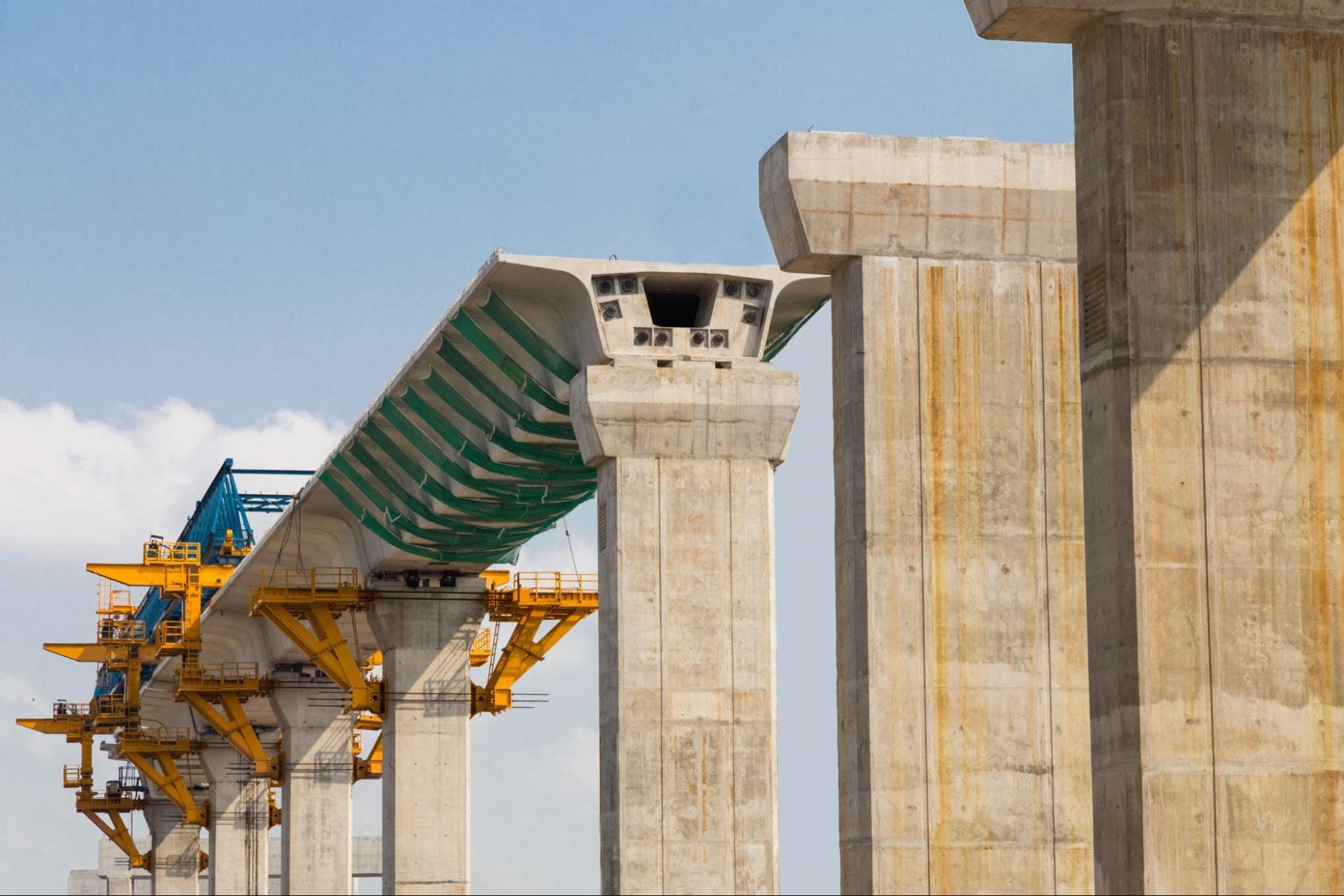
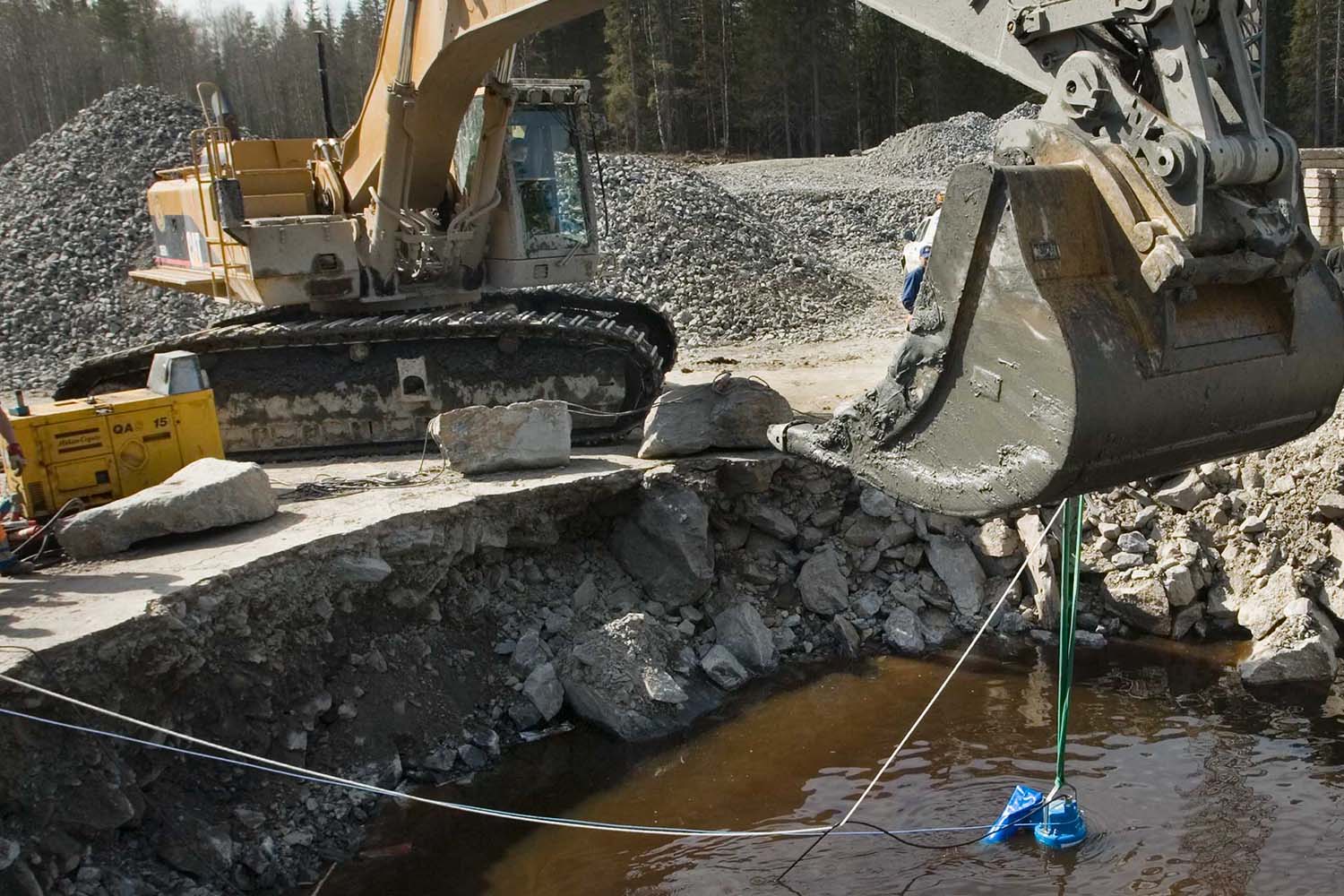

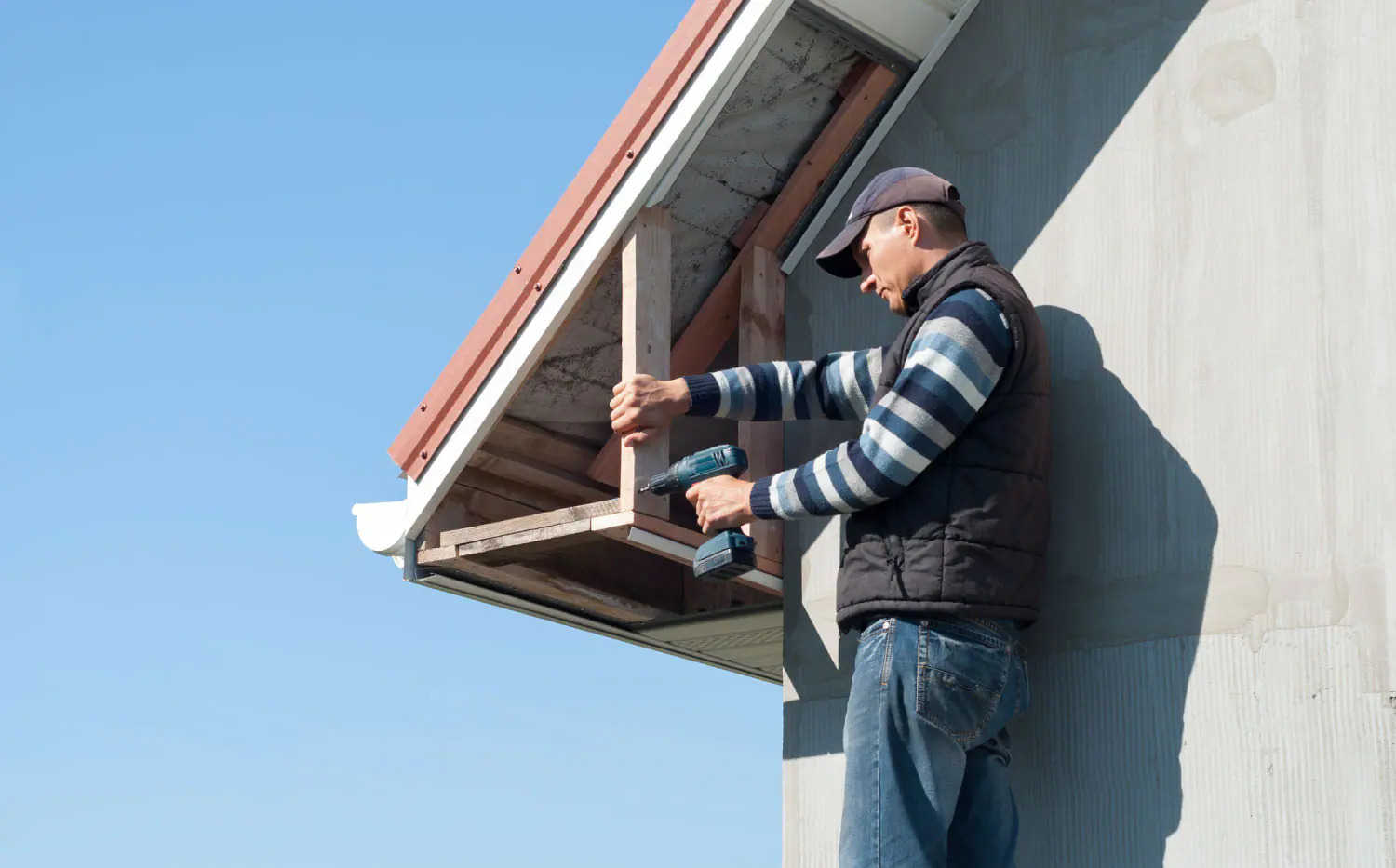


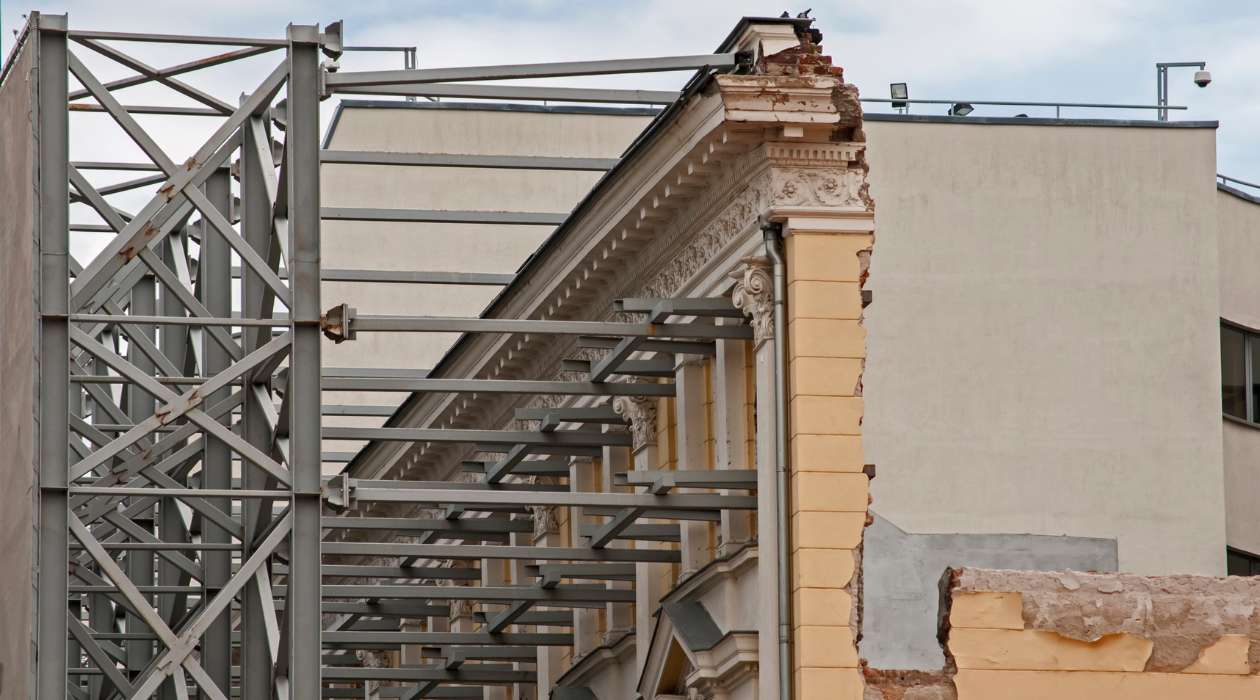

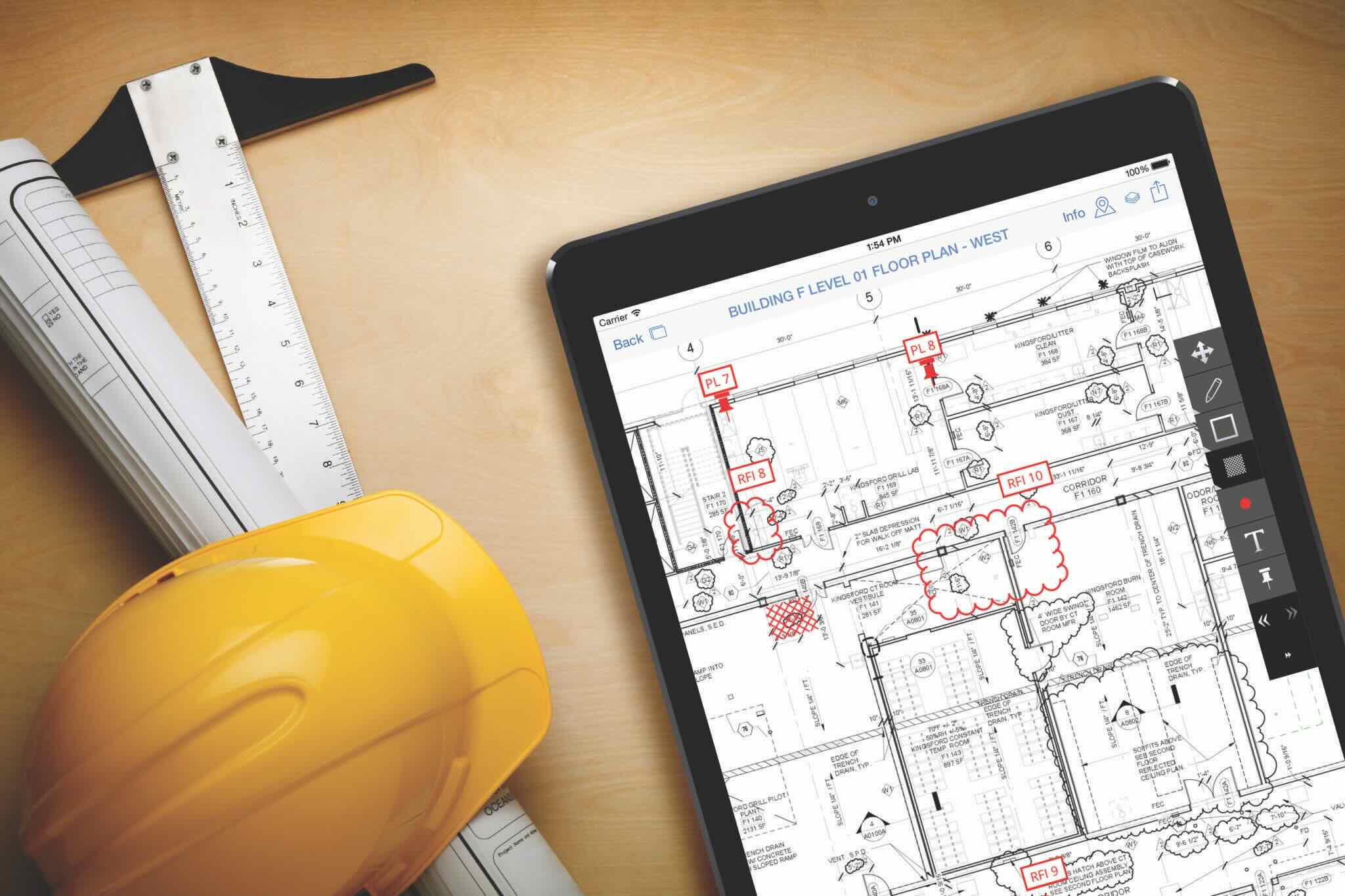



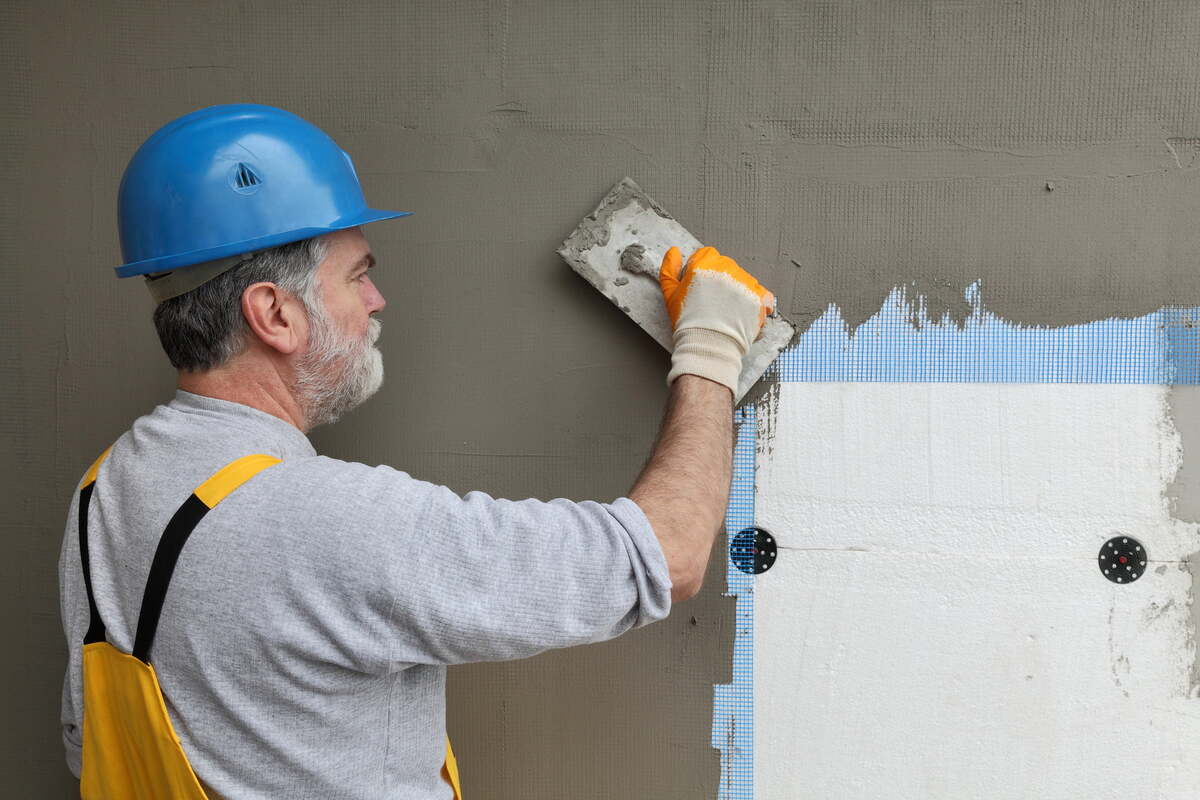
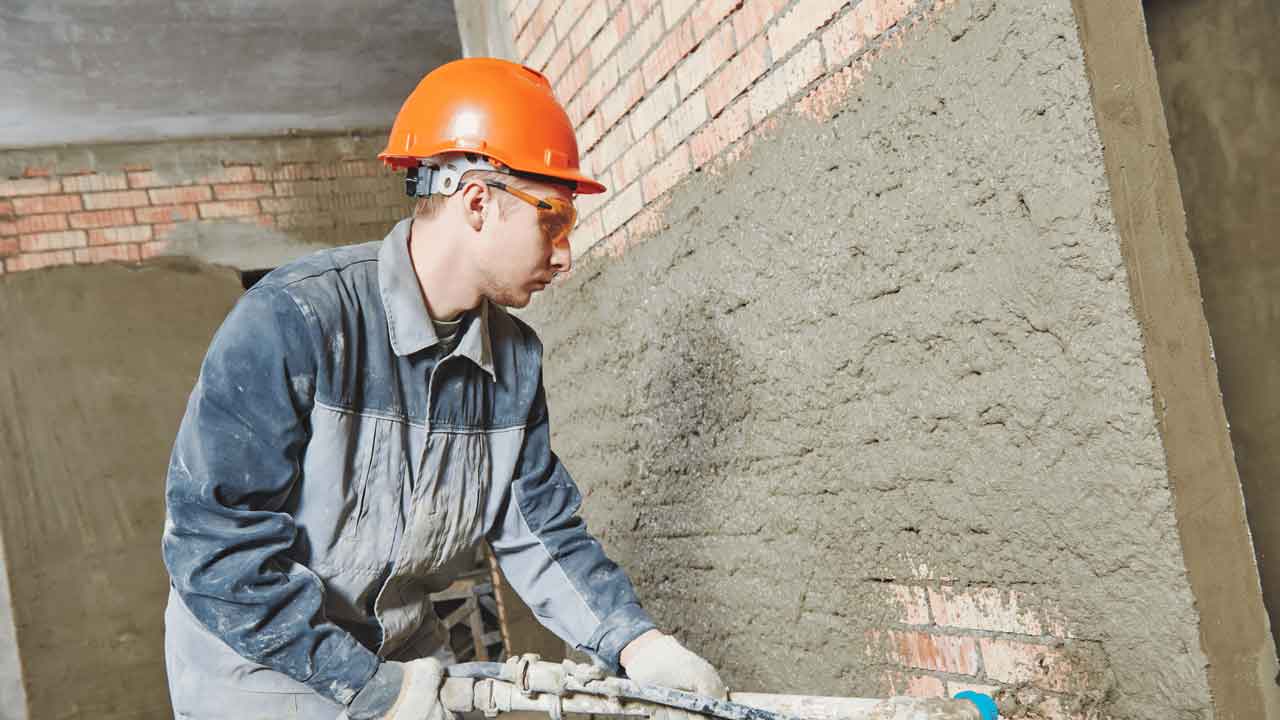

0 thoughts on “What Is Lathing In Construction”